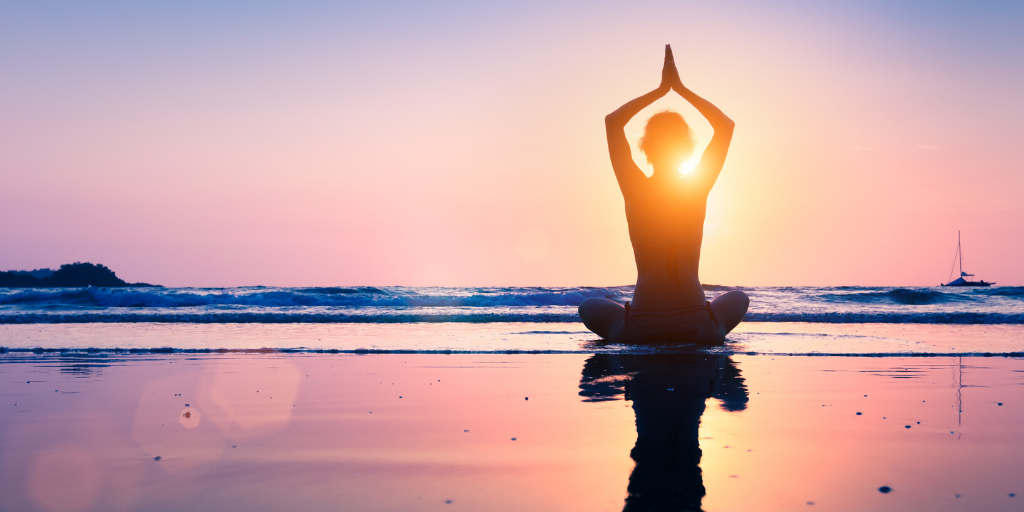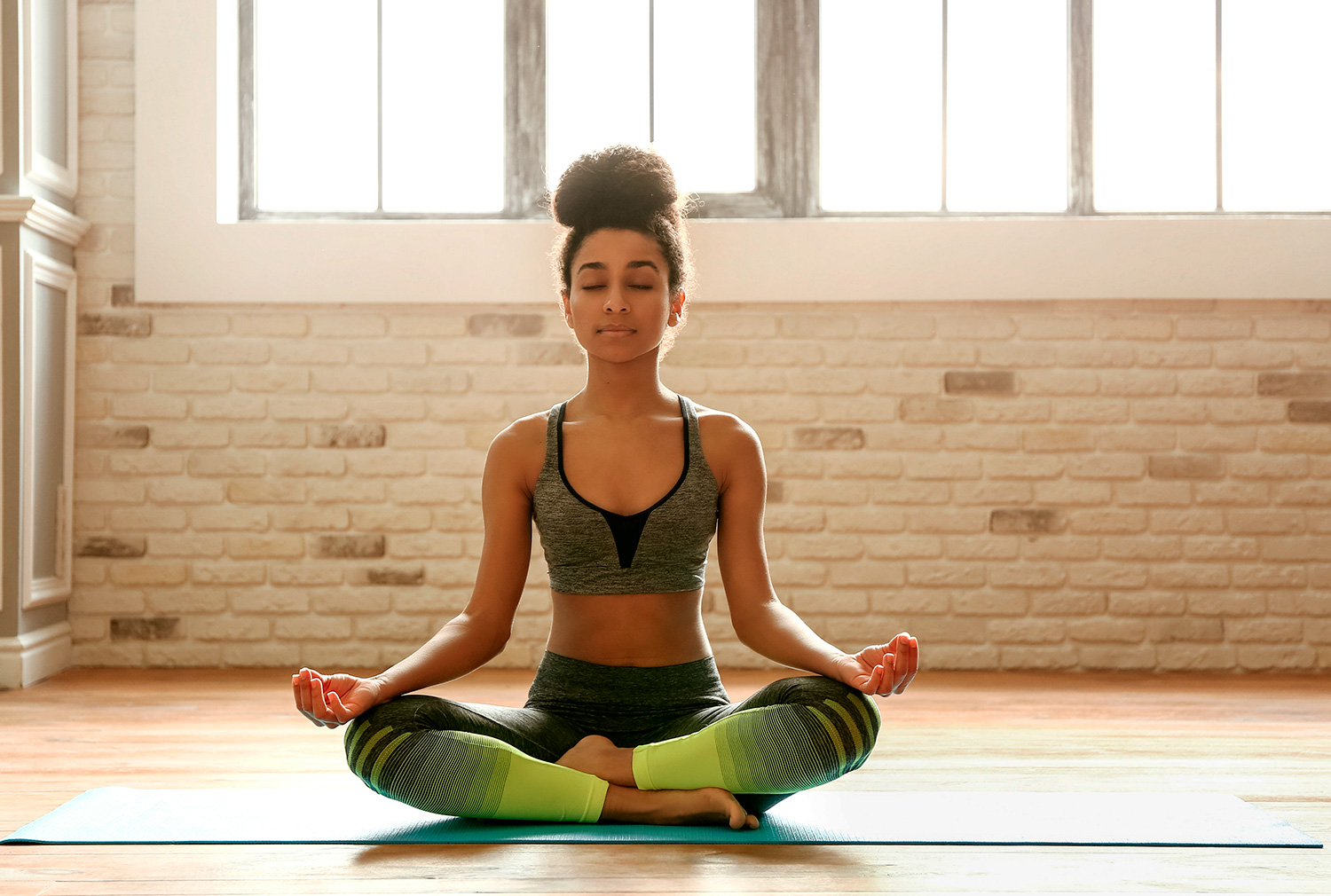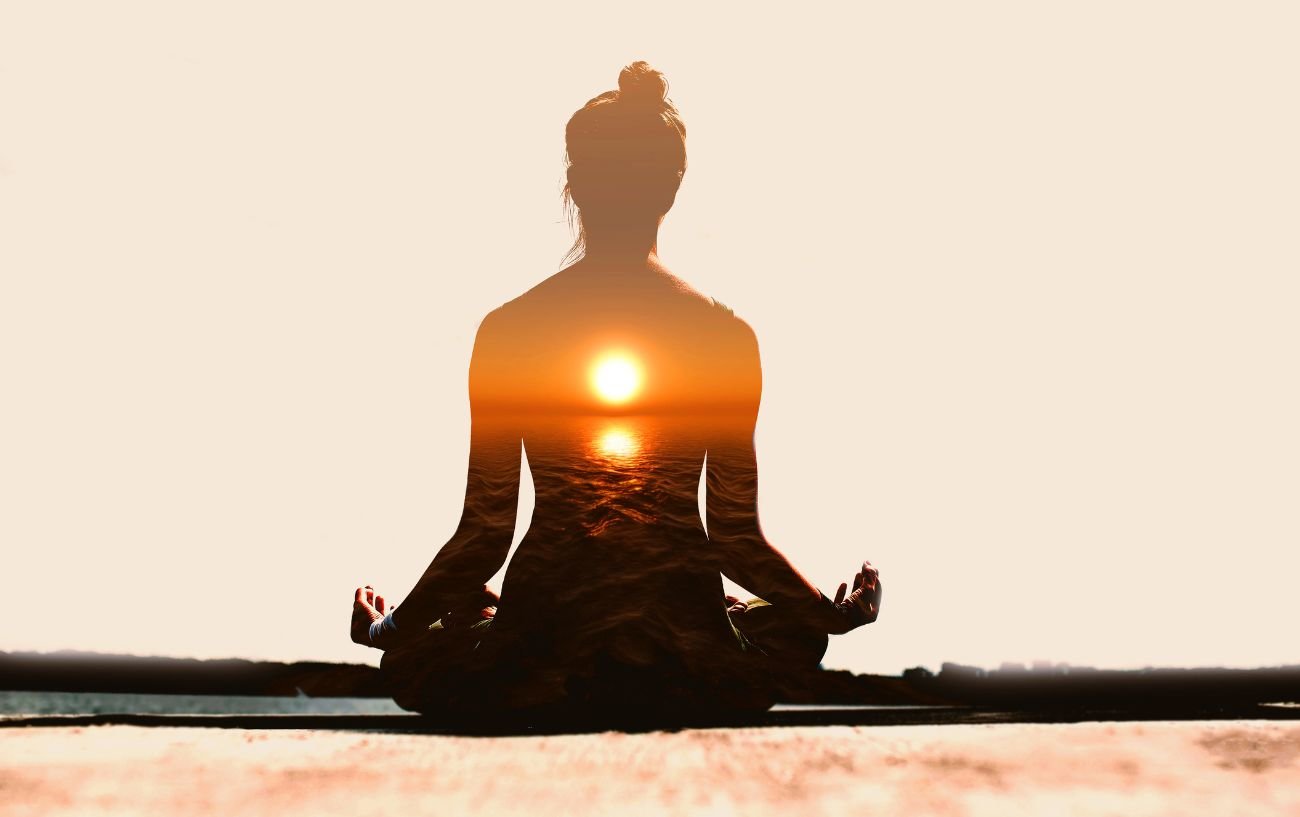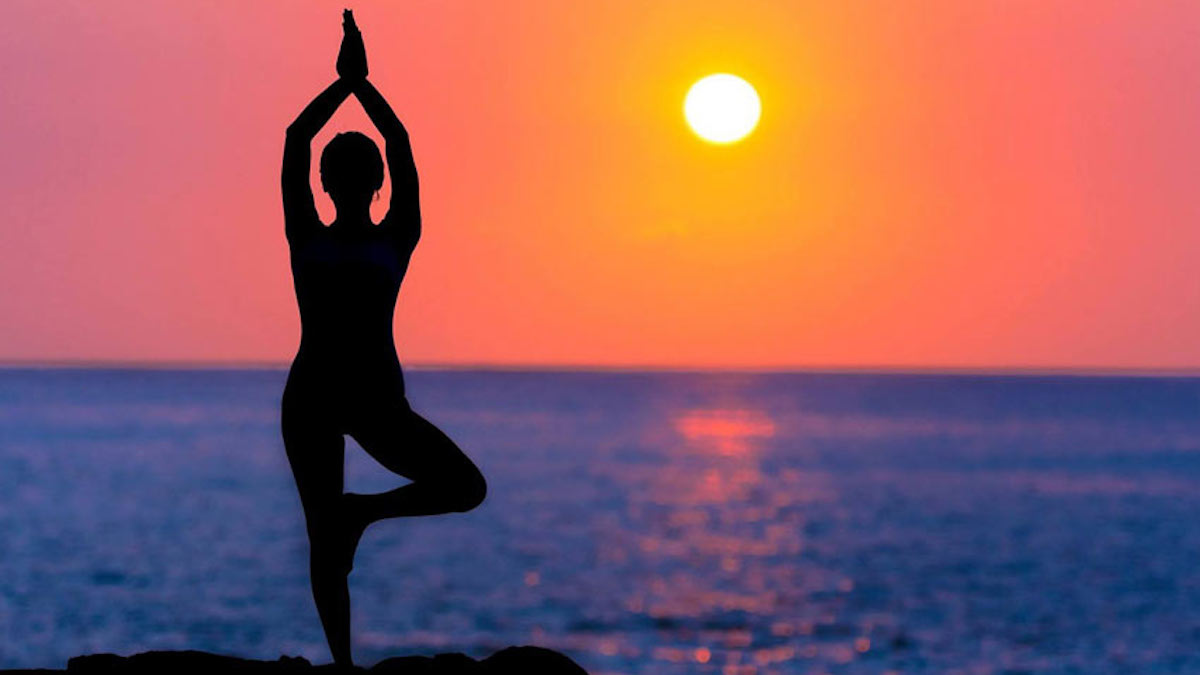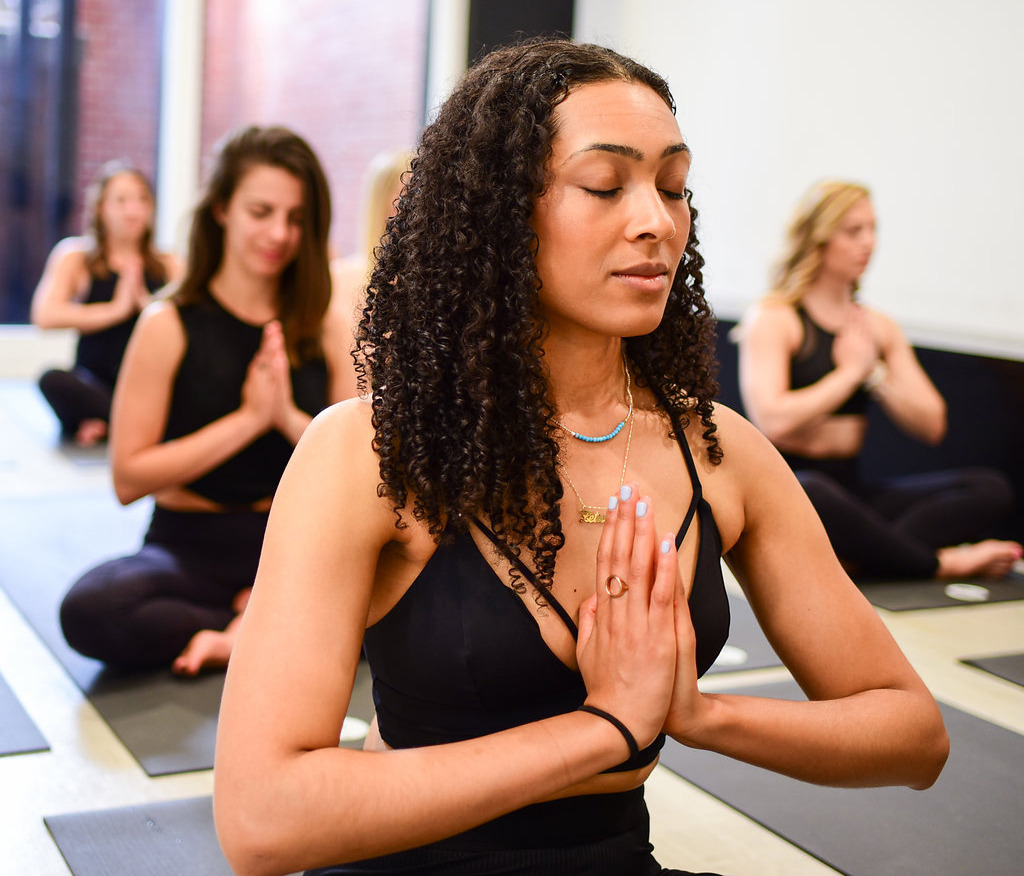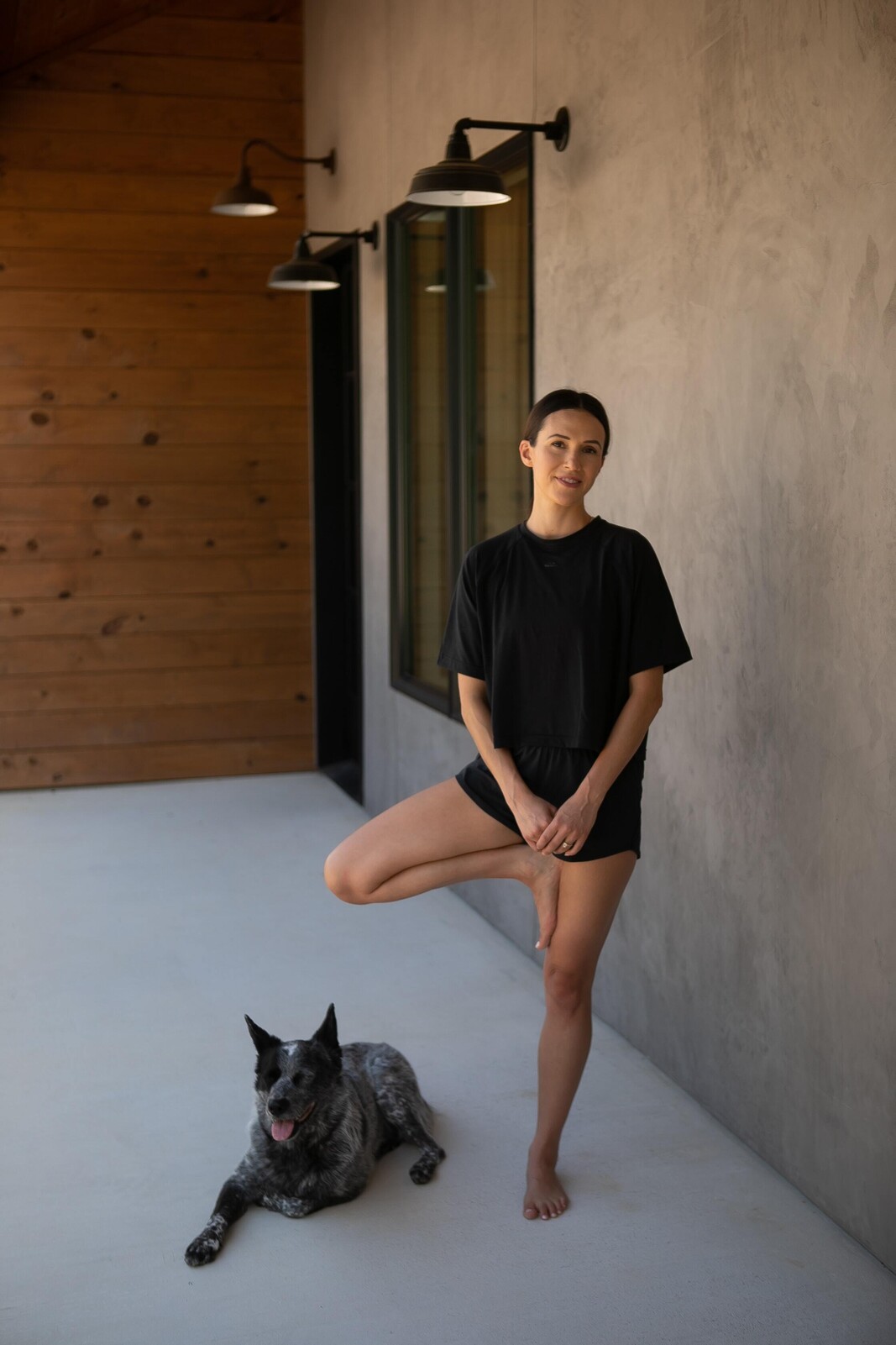When you’re feeling under the weather, it may seem counterintuitive to engage in physical activity. However, practicing gentle yoga can offer significant benefits, aiding recovery and enhancing overall well-being. Consequently, understanding the right types of yoga poses, breathing techniques, and relaxation methods tailored for times of illness is essential. Therefore, this comprehensive guide explores the benefits of yoga when you’re sick, specific yoga poses for different symptoms, and additional tips for practicing yoga during illness safely. By delving into these aspects, you can support your body’s healing process through mindful and restorative yoga practice.
Benefits of Yoga When You’re Sick
Practicing yoga while sick may offer numerous benefits that support the body’s natural healing processes. Understanding these benefits can motivate you to incorporate yoga into your recovery routine. Therefore, exploring the benefits of yoga when you’re sick is crucial.

Enhancing Immune Function
Yoga has been shown to enhance the immune system by reducing stress hormones and promoting relaxation. Chronic stress can weaken the immune response, making you more susceptible to illnesses. Through gentle yoga poses and mindful breathing, you can lower cortisol levels, increase lymphatic flow, and boost the body’s ability to fight off infections. Additionally, yoga’s emphasis on deep breathing improves oxygenation and circulation, further supporting immune function. By understanding how yoga enhances immune function, you can see its value during times of illness. Therefore, recognizing the science behind yoga’s benefits is crucial.
Alleviating Symptoms
Yoga can help alleviate common symptoms associated with colds, flu, and other minor illnesses. Gentle yoga poses can provide relief from congestion, headaches, and muscle aches by promoting relaxation and reducing tension. Certain poses can also aid digestion and ease symptoms like nausea or indigestion. Incorporating restorative yoga into your routine helps soothe the body and mind, promoting a sense of comfort and well-being. By understanding how yoga alleviates symptoms, you can choose poses that target your specific discomforts. Therefore, recognizing yoga’s therapeutic potential is essential.
Yoga Poses for Different Symptoms
Different symptoms require different approaches in yoga practice. Understanding specific poses tailored to alleviate various symptoms ensures an effective and supportive practice. Therefore, exploring yoga poses for different symptoms is essential.

Poses for Congestion Relief
Congestion can be particularly uncomfortable, making it difficult to breathe and rest. Certain yoga poses can help open the sinuses and promote drainage, providing relief from congestion.
- Child’s Pose (Balasana): This pose gently stretches the lower back while encouraging deep breathing, which can help clear the sinuses.
- Forward Bend (Uttanasana): This standing forward bend helps increase blood flow to the head, aiding in sinus drainage and relief. Both poses encourage relaxation and deeper breathing, which can significantly ease congestion. By understanding the benefits of these poses, you can incorporate them into your practice during times of congestion. Therefore, recognizing targeted poses for symptom relief is crucial.
Poses for Headache Relief
Headaches are a common symptom that can be alleviated through gentle yoga practice. Specific poses can help reduce tension and improve circulation to the head, offering relief from headaches.
- Legs Up the Wall (Viparita Karani): This restorative pose helps reduce pressure in the head and promotes relaxation, which can alleviate headache symptoms.
- Seated Forward Bend (Paschimottanasana): This pose stretches the spine and encourages deep breathing, easing tension and headaches. Both poses promote a sense of calm and relaxation, which can significantly reduce headache discomfort. By understanding the benefits of these poses, you can effectively address headache symptoms through yoga. Therefore, recognizing the importance of relaxation in headache relief is essential.
Poses for Digestive Issues
Digestive issues such as nausea, indigestion, or bloating can be particularly uncomfortable when you’re sick. Gentle yoga poses can aid in digestion, provide relief from discomfort, and promote a sense of well-being.
- Cat-Cow Pose (Marjaryasana-Bitilasana): This gentle flow between cat and cow poses helps massage the abdominal organs, promoting digestion and relieving gas or bloating.
- Reclined Twist (Supta Matsyendrasana): This pose involves gentle twisting of the spine, which can stimulate digestion and relieve discomfort from indigestion or nausea. Both poses offer gentle, soothing movements that support digestive health and comfort. By understanding the benefits of these poses, you can incorporate them into your practice to address digestive issues. Therefore, recognizing the therapeutic potential of specific yoga poses is crucial.

Breathing Techniques and Relaxation Methods
In addition to yoga poses, incorporating breathing techniques and relaxation methods can enhance their benefits. Understanding these practices helps support recovery and well-being. Therefore, exploring breathing techniques and relaxation methods is essential.
Pranayama for Illness
Pranayama, or breath control, is a key component of yoga that can significantly benefit those feeling unwell. Certain pranayama techniques help clear the airways, reduce stress, and promote relaxation.
- Nadi Shodhana (Alternate Nostril Breathing): This technique balances the breath and reduces stress, promoting a sense of calm and clarity.
- Diaphragmatic Breathing: Deep, diaphragmatic breathing enhances oxygenation and supports relaxation, aiding in the recovery process. Both techniques promote relaxation, clear the airways, and boost the body’s natural healing abilities. By understanding the benefits of pranayama, you can integrate these practices into your routine during illness. Therefore, recognizing the importance of breath control is crucial.
Guided Relaxation and Meditation
Guided relaxation and meditation practices can further support recovery by reducing stress and promoting a sense of well-being. These methods encourage mental relaxation, which is essential for overall health.
- Yoga Nidra (Yogic Sleep): This guided meditation practice induces deep relaxation, reducing stress and supporting the body’s natural healing processes.
- Mindfulness Meditation: Focusing on the present moment through mindfulness meditation can help reduce anxiety and promote a sense of calm and balance. Both practices offer profound relaxation and mental clarity, which are beneficial during times of illness. By understanding the benefits of guided relaxation and meditation, you can enhance your yoga practice. Therefore, recognizing the value of mental relaxation is essential.

Tips for Practicing Yoga Safely When Sick
Practicing yoga safely while sick requires mindfulness, gentle movements, and self-awareness. Understanding these tips helps ensure a supportive and effective practice. Therefore, exploring tips for safe yoga practice during illness is essential.
Listening to Your Body
Listening to your body is crucial when practicing yoga during illness. Pay close attention to how you feel and adjust your practice accordingly. Avoid strenuous or vigorous poses, opting for gentle and restorative movements instead. If a pose feels uncomfortable or exacerbates symptoms, modify or skip it altogether. Rest and hydration are also vital components of recovery, so balance your yoga practice with adequate rest periods. By understanding the importance of listening to your body, you can practice yoga safely and effectively. Therefore, recognizing the need for self-awareness is crucial.
Keeping It Gentle and Restorative
During times of illness, it is essential to keep your yoga practice gentle and restorative. Focus on slow, mindful movements and deep breathing to support relaxation and healing. Restorative poses, such as Child’s Pose or Legs Up the Wall, promote relaxation without exerting excessive physical effort. Incorporate props like blankets, bolsters, and blocks to enhance comfort and support in each pose. Keeping your practice gentle and restorative helps avoid overstressing the body and supports the recovery process. By understanding the benefits of a gentle approach, you can practice yoga safely when unwell. Therefore, recognizing the importance of restorative movements is essential.
Addressing Common Questions About Yoga for Illness
Understanding common questions about yoga for illness provides clarity and confidence. Knowledge of these answers ensures better preparation and practice. Therefore, exploring common questions is essential.
Can Yoga Replace Medical Treatment?
While yoga offers numerous benefits, it should not replace medical treatment when dealing with illness. Yoga can complement medical care by reducing stress, improving comfort, and supporting the body’s natural healing processes. However, it is crucial to consult with a healthcare professional before starting any yoga practice, especially if you have specific health concerns or conditions. By understanding the complementary nature of yoga, you can integrate it into your recovery routine alongside medical treatment. Therefore, recognizing the importance of medical consultation is crucial.
How Long Should I Practice Yoga When Sick?
The duration of your yoga practice during illness depends on your energy levels and comfort. Gentle and restorative yoga sessions can last from 10 to 20 minutes, focusing on relaxation and deep breathing. Listen to your body and stop if you feel fatigued or uncomfortable. Short, consistent practices are more beneficial than long, strenuous sessions when you’re unwell. By understanding the appropriate duration for yoga practice, you can support your recovery without overexertion. Therefore, recognizing the importance of gentle, consistent practice is essential.

Addressing Common Misconceptions About Yoga for Illness
Addressing common misconceptions about yoga for illness provides accurate information and dispels unwarranted concerns. Clearing up misunderstandings ensures an informed perspective. Therefore, exploring common misconceptions is important.
Misconception: Yoga Is Too Physically Demanding When Sick
A common misconception is that yoga is too physically demanding to practice when sick. While vigorous styles like Vinyasa or Ashtanga may be unsuitable, gentle and restorative yoga can be highly beneficial. Poses that focus on relaxation, deep breathing, and gentle stretching can support recovery without exertion. By understanding the adaptable nature of yoga, you can find suitable practices for times of illness. Therefore, dispelling this misconception emphasizes the versatility of yoga.
Misconception: Only Advanced Practitioners Can Benefit from Yoga During Illness
Another misconception is that only advanced yoga practitioners can benefit from yoga during illness. In reality, yoga is accessible to people of all skill levels, including beginners. Gentle and restorative poses, along with mindful breathing techniques, are suitable for anyone seeking comfort and relaxation during illness. Yoga’s benefits can be enjoyed by all practitioners, regardless of experience. By understanding the inclusivity of yoga, you can confidently practice it during times of illness. Therefore, dispelling this myth emphasizes the universal appeal of yoga.
Conclusion: Embracing Yoga for Better Health During Illness
Embracing yoga during times of illness involves understanding its benefits, specific poses, and best practices. Proper preparation, including exploring gentle and restorative poses, enhances the healing process and promotes well-being.
Exploring critical aspects such as breathing techniques, guided relaxation, and maintaining a safe practice ensures a comprehensive approach to yoga during illness. Recognizing the importance of addressing common questions and misconceptions enhances overall awareness and encourages inclusivity.
By engaging with these elements, you can support your body’s recovery through mindful yoga practice, ensuring comfort, relaxation, and enhanced well-being. Therefore, whether you are a seasoned yogi or new to yoga, understanding the essential considerations and benefits of yoga for when you’re sick offers practical and supportive insights. Embrace the opportunity to practice yoga during illness, knowing you have the knowledge and resources to support a gentle and effective recovery journey!























